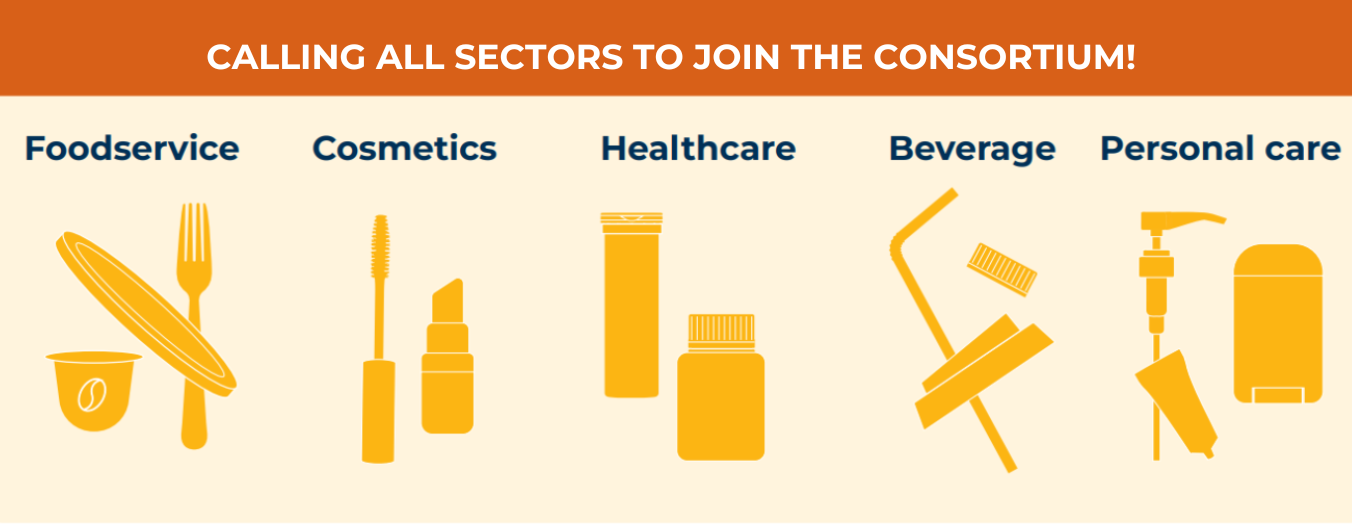Research and analysis
Small Materials Recovery
Each year, consumers buy billions of products—beauty items, medications and food—packaged in small-format plastic that is difficult to recycle due to its size and other factors. The Center for the Circular Economy is laying the groundwork to recover more of these materials, identifying recovery pathways to divert them from landfill.
The findings reveal a viable pathway to recover tens of thousands of tons of valuable small materials––including plastics like polypropylene––from materials recovery facilities and glass recycling plants across the U.S. These promising findings demonstrate the positive economic and environmental impact of recovering small-format packaging, catalyzing the launch of a new industry collaboration managed by Closed Loop Partners’ Center for the Circular Economy: the Consortium to Recover Small-Format Packaging.
The report builds on over two years of market research and comprehensive recycling tests in partnership with Maybelline New York and its parent company, L’Oréal Groupe, bolstered by the support of additional partners Kraft Heinz, P&G and Target.
Join the Consortium to Recover Small-Format Packaging
This is a cross-sector challenge. We’re inviting brands from across various sectors to join the Consortium to Recover Small Format Packaging! Contact [email protected] to learn more.

What Did We Discover?
5 Key Findings on Small-Format Packaging Recovery
Small materials have market value
Show moreValuable materials, including polypropylene (PP), polyethylene terephthalate (PET), polyethylene (PE), and metals, are present in small-format waste streams that could generate value on the secondary commodities market.
Logistical solutions are available
Show moreSome small-formats can be integrated into regular bales of recycled materials, but this requires colocation of MRFs and glass plants to avoid additional costs. Very small items may still pose handling challenges and require alternative solutions.
Existing technologies are enablers
Show moreExisting technologies can be configured to target and recover small-formats at MRFs or glass plants, but implementation must be tailored to each facility’s unique characteristics, including material acceptance, volumes and layout.
Market demand is strong
Show moreMechanical recyclers show strong demand for clean, sorted materials and often are willing to pay higher prices than molecular recyclers today.
Investment is needed
Show moreThe business case for small-format recovery depends on achieving sufficient material throughput, aligning with market demand, and minimizing logistical costs. Recovery efforts likely require financial support through EPR programs or brand investments to cover capital and operational costs.
